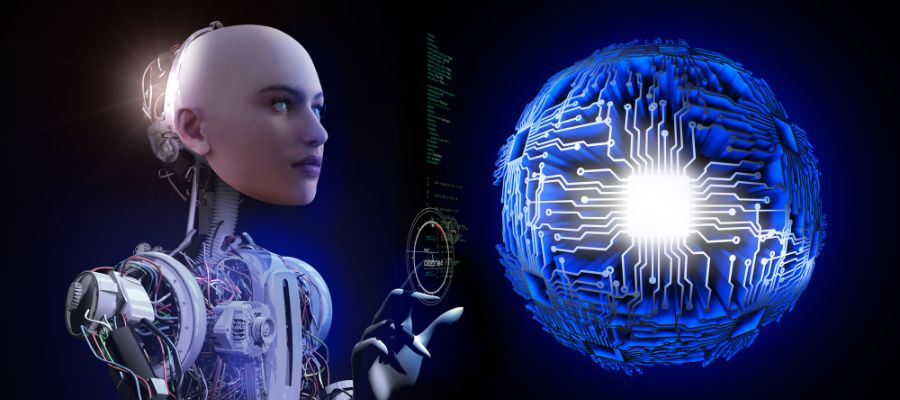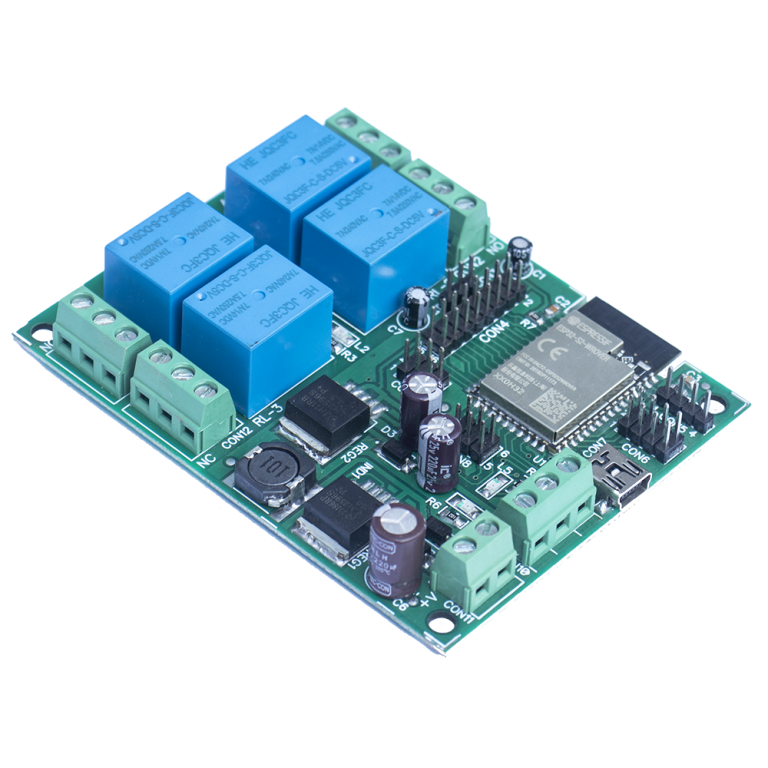Unleashing the Potential of Humanoid Robots: A Comprehensive Exploration
Decoding Humanoid Robots
Understanding the Concept
A humanoid robot is a marvel of engineering, designed to mirror the human body in both form and function. Whether for practical applications like interacting with human tools or for research purposes delving into human behavior and cognition, these robots stand as versatile creations.
Applications in Scientific Exploration
Humanoid robots serve as indispensable research tools across various scientific domains. From biomechanics and human cognition to personalized healthcare aids, their versatility knows no bounds.
Functionality in Procedurally-Based Roles
Beyond the realms of research, humanoid robots find their place in procedural vocations, ranging from efficient reception-desk administration to the precision demands of automotive manufacturing line work.
The Evolving Landscape of Humanoid Robotics
Diverse Applications
The scope of humanoid robots extends far beyond their initial functionalities. Today, they are instrumental in tasks such as dangerous rescues, compassionate care, inspection, maintenance, disaster response, and even space travel. They can provide companionship for the elderly and sick, act as guides, and seamlessly interact with customers in roles like receptionists.
Market Expansion and Technological Progress
The rapid growth of the humanoid robots market is a testament to their continually improving capabilities and expanding range of applications. As technology advances, these robots become increasingly viable across diverse fields.
Opportunities and Concerns
Potential Benefits
Humanoid robots, with their ability to replicate human movements and speech with precision, offer numerous advantages. Their applications in disaster response, space exploration, maintenance, and companionship promise transformative benefits for society.
Societal Concerns
However, with great innovation comes great responsibility. Concerns about potential job displacement and ethical considerations, such as the risk of deception and manipulation, cast a shadow on the otherwise promising landscape of humanoid robotics.
Conclusion
In conclusion, the development of humanoid robots is a multifaceted journey with the power to reshape society. While challenges and ethical concerns persist, the potential for positive transformation in fields like robotics and human-robot interaction is undeniably exciting. As we navigate this intricate path, balancing innovation with responsibility is key to unlocking the true potential of humanoid robots.
You may also like:
Why do we use robots in the industry ?
List the areas where robotics can be applied.


















